Grow Mint Indoors? Absolutely! Imagine stepping into your kitchen and snipping fresh, fragrant mint leaves for your tea, mojito, or that delicious lamb dish you’re planning. No more last-minute grocery store runs or settling for wilted, sad-looking mint from the produce aisle. This isn’t just a dream; it’s an achievable reality with a few simple DIY tricks, and I’m here to guide you through the process.
Mint, with its invigorating aroma and refreshing taste, has been cherished for centuries. Ancient civilizations, from the Egyptians to the Romans, revered mint for its medicinal properties and culinary uses. It was even believed to symbolize hospitality and was often strewn across floors to welcome guests. Today, we may not be using it to freshen our homes in quite the same way, but the desire for fresh, readily available mint remains strong.
Let’s face it, gardening can sometimes feel intimidating, especially when you’re dealing with unpredictable weather and limited outdoor space. That’s where the beauty of indoor gardening comes in! Learning how to grow mint indoors is a game-changer. It allows you to enjoy fresh herbs year-round, regardless of the season or your living situation. Plus, it’s incredibly rewarding to nurture a plant from a tiny sprig to a thriving, fragrant bush. In this article, I’ll share my favorite DIY hacks and tips to help you successfully cultivate mint indoors, even if you don’t have a green thumb. Get ready to unleash your inner gardener and enjoy the delightful benefits of homegrown mint!
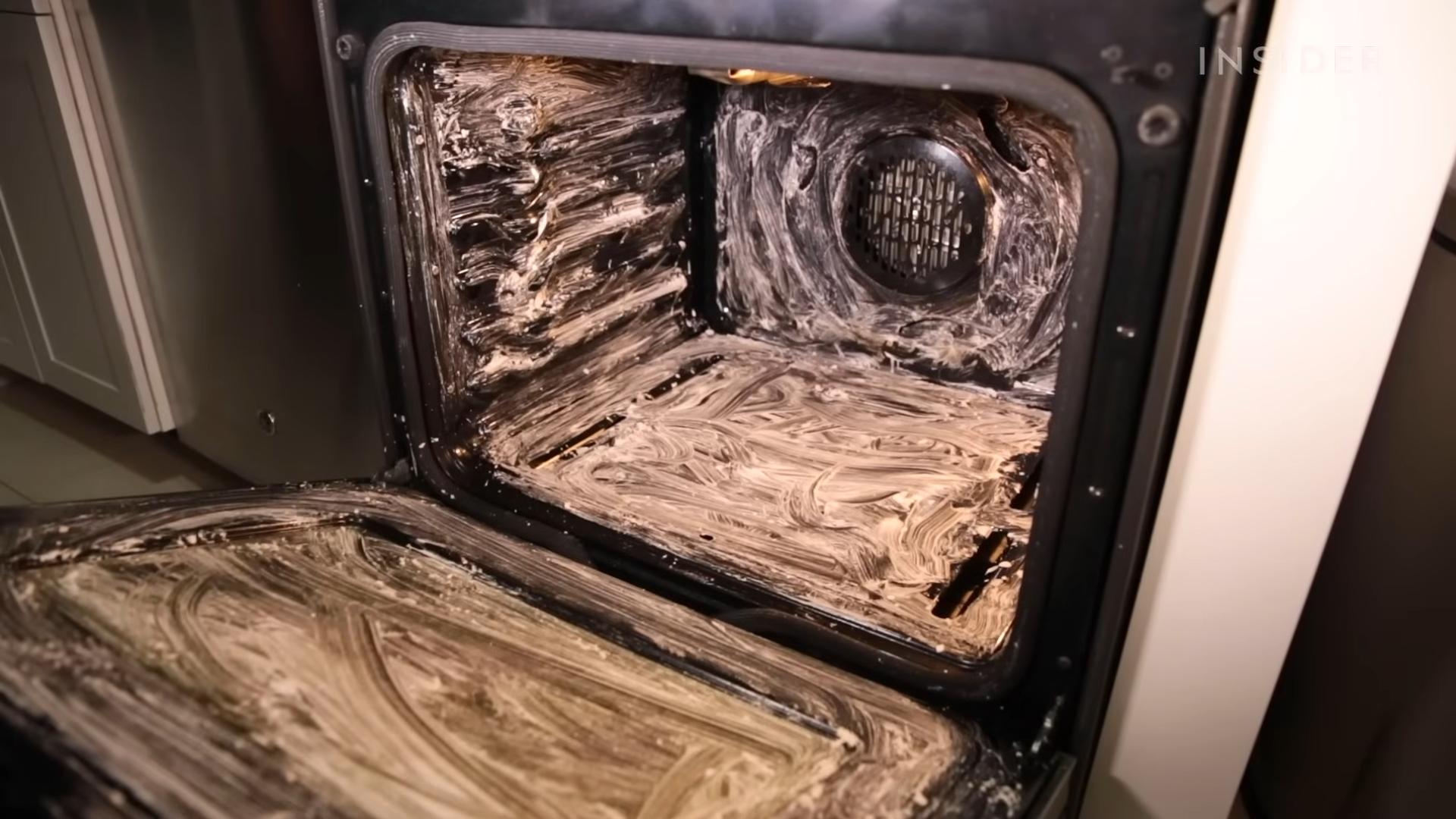
Grow Your Own Mint Magic Indoors!
Hey there, fellow plant enthusiasts! Ever dreamt of having fresh, fragrant mint right at your fingertips, ready to be plucked for a refreshing mojito or a soothing cup of tea? Well, dream no more! Growing mint indoors is surprisingly easy, and I’m here to guide you through every step of the process. Get ready to unleash your inner gardener and enjoy the delightful aroma of homegrown mint all year round!
Choosing Your Mint Variety
First things first, let’s talk about mint varieties. There’s a whole world of mint out there, from the classic peppermint and spearmint to more exotic options like chocolate mint and apple mint. Each has its own unique flavor and aroma, so choose one (or several!) that appeals to your taste buds.
* Peppermint: The classic, strong mint flavor, perfect for teas and desserts.
* Spearmint: A milder, sweeter mint, ideal for cocktails and savory dishes.
* Chocolate Mint: A delightful blend of mint and chocolate, great for desserts and garnishes.
* Apple Mint: A fruity, slightly tangy mint, perfect for salads and drinks.
I personally love growing both peppermint and spearmint because they’re so versatile. But feel free to experiment and find your favorites!
Gathering Your Supplies
Before we dive into the planting process, let’s make sure you have everything you need. Here’s a checklist of essential supplies:
* Mint Seeds or Cuttings: You can start mint from seeds, but I find it much easier and faster to propagate from cuttings. Ask a friend for a cutting from their mint plant, or purchase one from a local nursery.
* Pot: Choose a pot that’s at least 6 inches in diameter and has drainage holes. Mint can spread quickly, so a slightly larger pot is always a good idea.
* Potting Mix: Use a well-draining potting mix specifically formulated for herbs or vegetables. Avoid using garden soil, as it can be too heavy and compact for indoor plants.
* Watering Can or Spray Bottle: You’ll need a way to water your mint regularly.
* Grow Light (Optional): While mint can grow in indirect sunlight, a grow light can help ensure strong, healthy growth, especially during the winter months.
* Scissors or Pruning Shears: For taking cuttings and trimming your mint plant.
Propagating Mint from Cuttings (My Preferred Method!)
This is my favorite way to start new mint plants because it’s so quick and easy!
1. Take a Cutting: Using clean scissors or pruning shears, take a 4-6 inch cutting from a healthy mint plant. Make sure the cutting has several leaves and nodes (the points where leaves grow from the stem).
2. Remove Lower Leaves: Gently remove the leaves from the bottom 2 inches of the cutting. This will expose the nodes, which will develop into roots.
3. Rooting in Water: Place the cutting in a glass or jar filled with water, making sure the nodes are submerged. Place the glass in a bright, indirect light location.
4. Wait for Roots: Change the water every few days to keep it fresh. Within a week or two, you should see roots starting to grow from the nodes.
5. Planting the Cutting: Once the roots are about an inch long, it’s time to plant your cutting in a pot. Fill the pot with potting mix, making a small hole in the center. Gently place the rooted cutting in the hole and cover the roots with soil.
6. Water Thoroughly: Water the newly planted cutting thoroughly until water drains out of the bottom of the pot.
Planting Mint from Seeds
If you prefer to start from seeds, here’s how to do it:
1. Sow the Seeds: Fill a pot with potting mix and sprinkle the mint seeds evenly over the surface. Gently press the seeds into the soil, but don’t cover them completely, as they need light to germinate.
2. Water Gently: Water the soil gently using a spray bottle to avoid disturbing the seeds.
3. Cover with Plastic Wrap: Cover the pot with plastic wrap to create a humid environment. This will help the seeds germinate.
4. Place in a Warm Location: Place the pot in a warm, bright location, but avoid direct sunlight.
5. Wait for Germination: Mint seeds typically germinate within 10-14 days. Once the seedlings emerge, remove the plastic wrap.
6. Thin the Seedlings: Once the seedlings have a few sets of leaves, thin them out, leaving only the strongest seedlings in the pot.
Caring for Your Indoor Mint Plant
Now that your mint is planted, it’s time to provide it with the care it needs to thrive.
1. Light: Mint thrives in bright, indirect sunlight. Place your mint plant near a sunny window, but avoid direct sunlight, which can scorch the leaves. If you don’t have enough natural light, consider using a grow light. I’ve found that using a grow light for a few hours each day really helps my mint stay lush and green, especially during the darker winter months.
2. Watering: Water your mint regularly, keeping the soil consistently moist but not soggy. Water when the top inch of soil feels dry to the touch. Avoid overwatering, as this can lead to root rot. I usually check the soil moisture every other day and water accordingly.
3. Humidity: Mint prefers a humid environment. If your home is dry, you can increase humidity by misting the leaves regularly with a spray bottle or placing the pot on a tray filled with pebbles and water. Just make sure the bottom of the pot isn’t sitting directly in the water.
4. Fertilizing: Feed your mint plant every 2-4 weeks with a balanced liquid fertilizer diluted to half strength. This will provide it with the nutrients it needs to grow strong and healthy. I use an organic fertilizer to keep things natural.
5. Pruning: Pruning is essential for keeping your mint plant bushy and productive. Regularly pinch off the top leaves to encourage branching. You can also harvest larger amounts of mint as needed. Don’t be afraid to prune your mint plant aggressively – it will bounce back quickly!
6. Pest Control: Keep an eye out for pests like aphids and spider mites. If you notice any pests, you can treat them with insecticidal soap or neem oil. I prefer to use natural pest control methods whenever possible.
7. Repotting: Mint can become root-bound quickly, so you may need to repot it every year or two. Choose a pot that’s slightly larger than the current one and use fresh potting mix.
Harvesting Your Mint
The best part about growing your own mint is, of course, harvesting it!
1. Harvest Regularly: Harvest your mint regularly to encourage new growth. Simply pinch off the leaves or cut stems as needed.
2. Harvest in the Morning: The best time to harvest mint is in the morning, after the dew has dried but before the sun gets too hot. This is when the leaves are at their most flavorful.
3. Drying Mint: If you want to preserve your mint, you can dry it. Simply hang the stems upside down in a cool, dry place or use a dehydrator. Once the leaves are dry, store them in an airtight container.
Troubleshooting Common Mint Problems
Even with the best care, you might encounter some problems with your mint plant. Here are a few common issues and how to address them:
* Yellowing Leaves: This could be a sign of overwatering, underwatering, or nutrient deficiency. Check the soil moisture and adjust your watering accordingly. If the soil is dry, water thoroughly. If the soil is soggy, allow it to dry out before watering again. You may also need to fertilize your plant.
* Leggy Growth: This is usually caused by insufficient light. Move your mint plant to a brighter location or use a grow light.
* Brown Spots on Leaves: This could be a sign of fungal disease. Remove any affected leaves and improve air circulation around the plant. Avoid getting water on the leaves when watering.
* Pests: As mentioned earlier, keep an eye out for pests and treat them promptly with insecticidal soap or neem oil.
Enjoying Your Homegrown Mint
Now that you’ve successfully grown your own mint, it’s time to enjoy the fruits (or rather, leaves!) of your labor. Here are just a few ways to use your homegrown mint:
* Tea: Steep fresh mint leaves in hot water for a refreshing and soothing cup of tea.
* Cocktails: Add mint to your favorite cocktails, such as mojitos and mint juleps.
* Salads: Use mint to add a fresh, vibrant flavor to salads.
* Desserts: Garnish desserts with mint leaves or add mint to ice
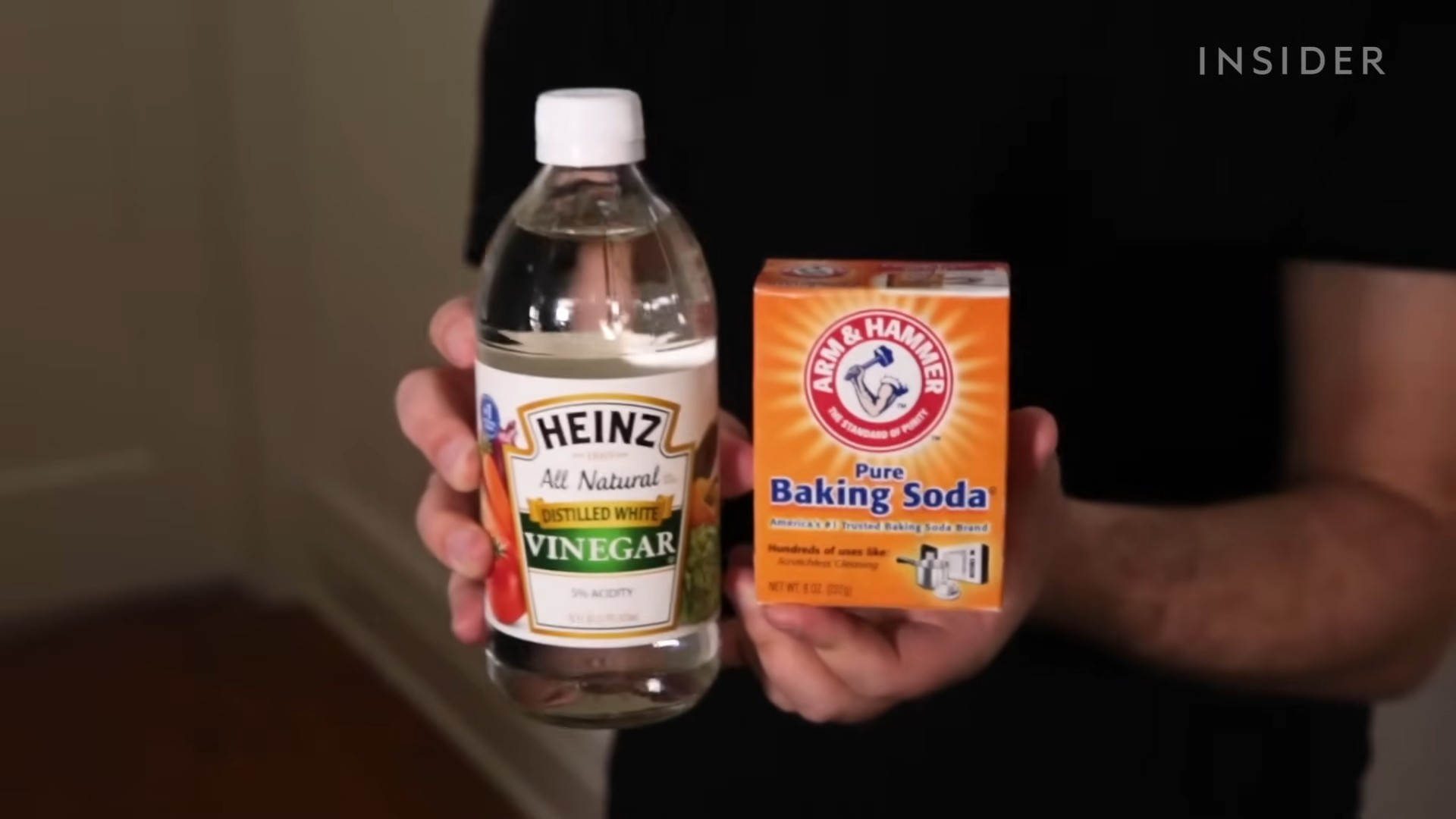
Conclusion
So, there you have it! Growing mint indoors is not only achievable, but it’s also incredibly rewarding. Imagine having fresh, fragrant mint readily available at your fingertips, no matter the season. Forget those sad, wilted bunches from the grocery store – with a little effort, you can cultivate a thriving mint patch right in your own home.
This DIY trick is a must-try for several reasons. First and foremost, it’s cost-effective. Instead of constantly buying mint, you’ll have a sustainable source that keeps on giving. Second, it’s incredibly convenient. Whether you’re whipping up a refreshing mojito, adding a sprig to your iced tea, or garnishing a delicious lamb dish, fresh mint is always within reach. Third, and perhaps most importantly, it’s incredibly satisfying. There’s something truly special about nurturing a plant from a small cutting or seedling to a flourishing herb.
But the beauty of growing mint indoors lies in its versatility. Feel free to experiment with different varieties. Peppermint, spearmint, chocolate mint – the possibilities are endless! Each variety offers a unique flavor profile that can elevate your culinary creations. You can also explore different containers. While a simple pot works perfectly well, you might consider using a hanging basket for a decorative touch or a self-watering planter for added convenience.
Another variation to consider is companion planting. While mint is known for being a bit of a bully in the garden (it tends to spread aggressively), growing it indoors allows you to control its growth and potentially pair it with other herbs that enjoy similar conditions, such as parsley or chives. Just be sure to research the specific needs of each herb to ensure they thrive together.
Don’t be intimidated by the process. Growing mint indoors is surprisingly easy, even for beginners. With the right amount of light, water, and a little bit of love, you’ll be enjoying fresh mint in no time.
We wholeheartedly encourage you to give this DIY trick a try. It’s a simple, affordable, and incredibly rewarding way to add a touch of freshness to your home and your cooking. And once you’ve experienced the joy of growing your own mint, we’re confident you’ll be hooked!
So, grab a pot, some soil, and a mint cutting or seedling, and get started today. We can’t wait to hear about your experiences! Share your photos, tips, and tricks in the comments below. Let’s create a community of indoor mint growers and inspire others to embrace the joy of homegrown herbs. Happy growing!
Frequently Asked Questions (FAQ)
Why should I grow mint indoors instead of buying it from the store?
Growing mint indoors offers several advantages over buying it from the store. First, it’s more cost-effective in the long run. You only need to invest in the initial setup (pot, soil, and a mint plant), and then you’ll have a continuous supply of fresh mint. Second, homegrown mint is often fresher and more flavorful than store-bought mint, which can sometimes be wilted or past its prime. Third, growing your own mint allows you to control the growing conditions and ensure that it’s free from pesticides and other harmful chemicals. Finally, it’s simply more convenient to have fresh mint readily available whenever you need it, without having to make a trip to the store.
What kind of light does indoor mint need?
Mint thrives in bright, indirect sunlight. Ideally, aim for at least 6 hours of sunlight per day. A south-facing window is often a good choice, but be careful to avoid direct sunlight, which can scorch the leaves. If you don’t have access to enough natural light, you can supplement with a grow light. Fluorescent or LED grow lights are both good options. Place the grow light a few inches above the mint plant and leave it on for 12-14 hours per day.
How often should I water my indoor mint plant?
Mint prefers consistently moist soil, but it doesn’t like to be waterlogged. Water your mint plant when the top inch of soil feels dry to the touch. Water thoroughly, until water drains out of the bottom of the pot. Be sure to empty the saucer underneath the pot to prevent root rot. During the warmer months, you may need to water your mint plant more frequently. In the winter, when the plant is not actively growing, you can reduce the watering frequency.
What kind of soil should I use for growing mint indoors?
Mint prefers well-draining soil that is rich in organic matter. A good potting mix for mint is a combination of peat moss, perlite, and vermiculite. You can also add some compost or other organic matter to the soil to improve its fertility. Avoid using garden soil, as it can be too heavy and may not drain well.
How do I propagate mint indoors?
Mint is very easy to propagate from cuttings. Simply take a 4-6 inch cutting from a healthy mint plant, remove the lower leaves, and place the cutting in a glass of water. Change the water every few days. After a few weeks, the cutting will develop roots. Once the roots are about an inch long, you can plant the cutting in a pot of soil. You can also propagate mint by dividing the roots of an existing plant. Simply dig up the plant, carefully separate the roots, and replant the divided sections in separate pots.
My mint plant is getting leggy. What should I do?
Leggy growth is often a sign that your mint plant is not getting enough light. Move the plant to a brighter location or supplement with a grow light. You can also prune the plant back to encourage bushier growth. Simply cut back the stems by about one-third. This will encourage the plant to produce new shoots and leaves.
How do I prevent pests and diseases from affecting my indoor mint plant?
To prevent pests and diseases, it’s important to provide your mint plant with proper care. This includes providing adequate light, water, and ventilation. Regularly inspect your plant for signs of pests or diseases. If you notice any problems, take action immediately. Common pests that can affect mint include aphids, spider mites, and whiteflies. You can control these pests with insecticidal soap or neem oil. Common diseases that can affect mint include powdery mildew and root rot. You can prevent these diseases by providing good ventilation and avoiding overwatering.
Can I grow different varieties of mint together in the same pot?
While it’s technically possible to grow different varieties of mint together in the same pot, it’s generally not recommended. Mint is a very aggressive grower, and different varieties can compete with each other for resources. This can lead to one variety outcompeting the others and eventually taking over the pot. If you want to grow multiple varieties of mint, it’s best to plant them in separate pots.
How do I harvest mint leaves?
To harvest mint leaves, simply pinch or cut off the stems just above a leaf node. This will encourage the plant to produce new growth. You can harvest mint leaves as needed throughout the growing season. For the best flavor, harvest mint leaves in the morning, after the dew has dried.
Is growing mint indoors year-round possible?
Yes, growing mint indoors year-round is definitely possible! By providing the right conditions – adequate light, consistent moisture, and occasional fertilization – you can enjoy fresh mint even during the colder months. You might notice that the plant’s growth slows down a bit during the winter, but it should still continue to produce leaves. Just adjust your watering and fertilizing schedule accordingly.

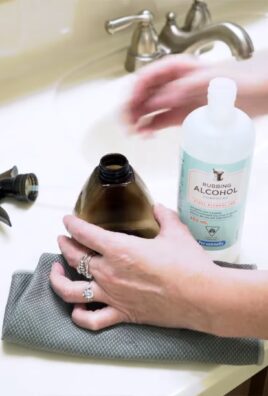
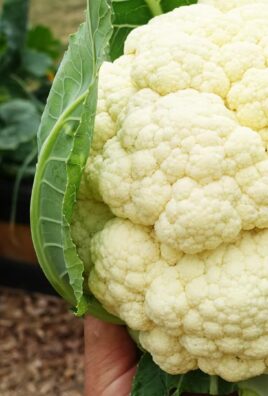
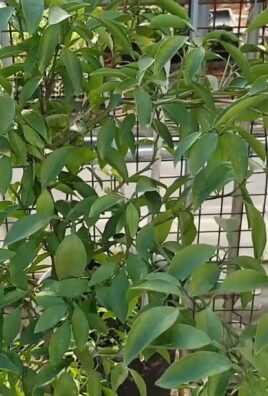
Leave a Comment